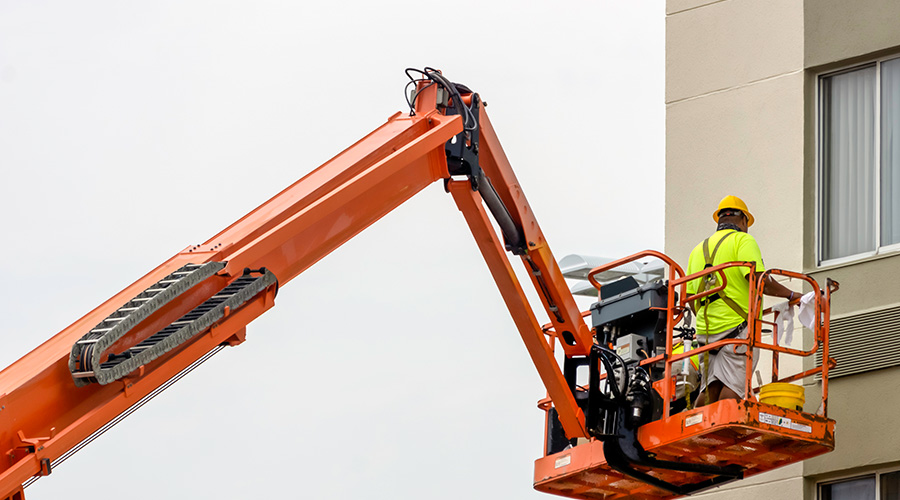 Many organizations underestimate the amount of space it takes to adequately store the required amount of spare parts and supplies to support a well-run maintenence organization.
Many organizations underestimate the amount of space it takes to adequately store the required amount of spare parts and supplies to support a well-run maintenence organization.Inventory Management: Cost Considerations
Managers who use a purchasing and issuing system can keep track of the true cost of maintenance, with inventory management.
Part two of two part series.
Purchasing and issuing system. Ideally, managers will be able to implement a purchasing and issuing system that ties into the department’s computerized maintenance management system. If this is possible, the purchasing and issuing system will automatically charge parts issued from the storeroom to the work request.
The goal of the system is to charge all parts and supplies to the equipment or asset, which enables management to always know the true cost of maintenance, including the costs of labor, parts used, and any vendor or contractors involved in repairing the asset.
Performance measures. Managers should develop and publish performance measures for the storeroom that will measure the effectiveness of the system performance or services. The measures should regularly track and report on events such as stock outs, turns, aging stock reports and obsolete parts.
Audit processes. Personnel should audit this process regularly by performing cycle counts of stock. Most organizations count parts in a supply room weekly or monthly and, as a result, over a period of time have a complete stock inventory. Managers should resolve discrepancies as to the reason the numbers do not match.
Storerooms are not complicated. But they do require that managers establish fundamental building blocks that set up and operate the process in the manner that adds value to, and supports the maintenance program. The supply, parts, and purchasing process must support and serve the maintenance process, which ultimately supports the core customers.
Fine-tuning inventory
Once managers have storerooms in the proper place, organized, locked and secured, it is then time to fine-tune the inventory:
•Develop a minimum/maximum system, which triggers the automatic reordering system. The normal number of parts used in between set ordering points determines the maximum amount to stock. Departments need enough parts in the bin so technicians always have required amounts for their activities. The minimum amount triggers the reordering with enough parts in the bin to last until the reordered parts are placed in stock.
•Perform continuous cycle checks. For departments with a large storeroom, workers should do a little every month or week. Cycle checks validate the computerized inventory numbers to ensure major shrinkage does not exist.
•Track stock-outs, which is the number of times a worker tries to check out something only to find it is not in the bin; stock-turns, which is the number of times a technician use a stock item during a month, quarter, or year; and aged inventory, which refers to the time the stock item has been in the stock room without being checked out.
Managers who perform all of these tasks will produce a well-functioning stock room that ensures the greatest return on investments in products, spare parts and materials.
Michael Cowley, CPMM, is president of CE Maintenance Solutions — www.cemaintenancesolutions.com. Cowley provides maintenance training, coaching and consulting services to facility and manufacturing organizations nationwide. He is a frequent speaker at national facilities management conferences.
Related Topics:













